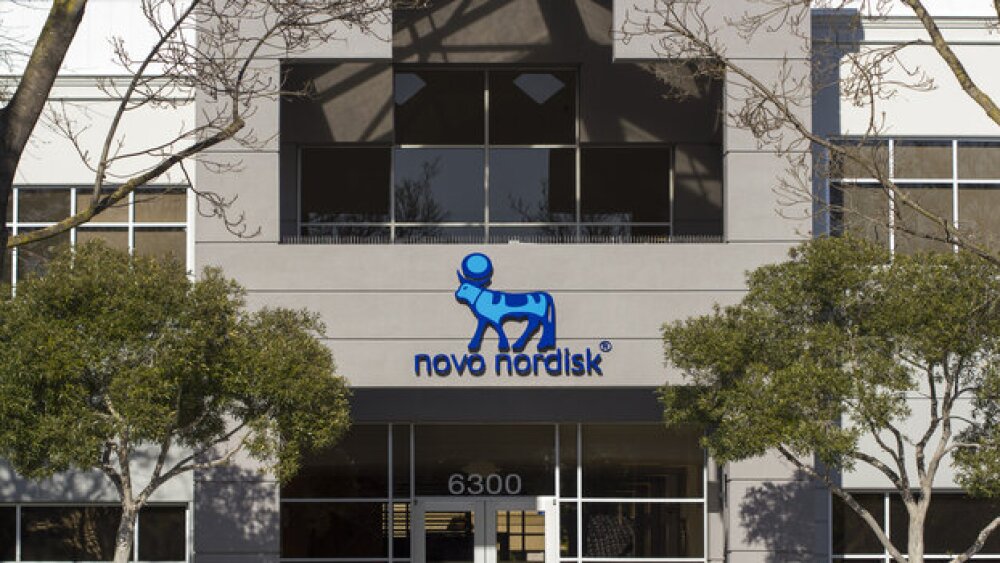Under the deal, the Danish pharma will gain access to Longboard’s 5-HT2C receptor superagonist that is currently in late-stage development for seizures in various developmental and epileptic encephalopathies, including Dravet syndrome.
Lundbeck is acquiring neurology and rare diseases specialist Longboard Pharmaceuticals for an equity value of $2.6 billion, the companies announced on Monday.
Under the terms of the acquisition, Lundbeck will buy all outstanding shares of the California biopharma’s common stock for $60 per share in cash. On a net cash and fully diluted basis, the transaction has an estimated value of $2.5 billon. The boards of directors of both companies have unanimously approved the deal.
The acquisition is expected to close in the fourth quarter of this year, given that at least a majority of Longboard’s total outstanding voting shares are tendered, according to Monday’s announcement. The completion of the transaction is also contingent on regulatory clearances and other customary conditions.
Lundbeck CEO Charl van Zyl in a statement called the acquisition “transformative,” noting that it will “become a cornerstone in Lundbeck’s neuro-rare franchise, with a potential to drive growth into the next decade.”
The centerpiece of the acquisition is Longboard’s lead asset bexicaserin, an orally available and centrally acting superagonist of the 5-HT2C receptor. According to Longboard’s website, bexicaserin is designed to suppress the hyperexcitability that underpins seizures. It has high specificity and selectivity for the 5-HT2C receptor subtype—while having no detected activity against the 5-HT2B and 5-HT2A receptors—which could potentially limit the known safety signals of other 5-HT2-targeting drugs.
Truist Securities analyst Joon Lee in a note to investors said that the deal came earlier than expected and undervalues bexicaserin. “We think the outcome is a good one for shareholders, although we feel that some value may have been left on the table,” Lee wrote, noting that “Lundbeck believes bexi can generate $1.5-2BN in peak sales.”
Lundbeck expects to launch bexicaserin in the fourth quarter of 2028. The pharma anticipates that the drug will become a “cornerstone” of its neuro-rare disease portfolio.
Bexicaserin is being developed for seizures associated with developmental and epileptic encephalopathies (DEE), such as Dravet syndrome and tuberculosis sclerosis complex. Last month, the biotech kicked off the Phase III DEEp SEA study in Dravet syndrome, which will evaluate the safety and efficacy of bexicaserin in approximately 160 patients aged two to 65 years.
The candidate previously received the FDA’S Breakthrough Therapy designation for DEE seizures.
Lee said that the Longboard acquisition underscores the industry’s growing interest in DEEs and rare epilepsies, in general, and will have “positive derivative read-throughs” for companies such as Jazz, Marinus and Praxis—all of which have drugs approved or in development for DEE.
“Bexicaserin addresses a critical unmet need for patients suffering from rare and severe epilepsies, for which there are very few good treatment options available,” van Zyl said.
In addition to bexicaserin, the acquisition will give Lundbeck access to an early-stage asset, dubbed LP659, which is being assessed for multiple neurological diseases. The candidate is a centrally acting modulator of the S1P receptor subtypes 1 and 5, which could give it therapeutic potential for Parkinson’s disease, Alzheimer’s disease, multiple sclerosis and lupus.






